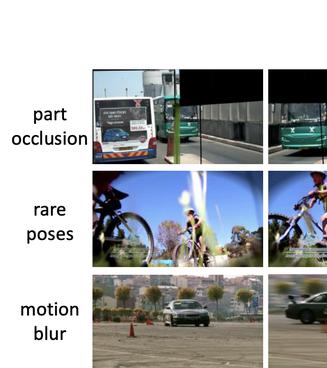Exploiting Web Images for Weakly Supervised Object Detection
In recent years, the performance of object detection has advanced significantly with the evolving deep convolutional neural networks. However, the state-of-the-art object detection methods still rely on accurate bounding box annotations that require extensive human labelling. Object detection without bounding box annotations, i.e, weakly supervised detection methods, are still lagging far behind. As weakly supervised detection only uses image level labels and does not require the ground truth of bounding box location and label of each object in an image, it is generally very difficult to distill knowledge of the actual appearances of objects. Inspired by curriculum learning, this paper proposes an easy-to-hard knowledge transfer scheme that incorporates easy web images to provide prior knowledge of object appearance as a good starting point. While exploiting large-scale free web imagery, we introduce a sophisticated labour free method to construct a web dataset with good diversity in object appearance. After that, semantic relevance and distribution relevance are introduced and utilized in the proposed curriculum training scheme. Our end-to-end learning with the constructed web data achieves remarkable improvement across most object classes especially for the classes that are often considered hard in other works.
PDF AbstractDatasets
Results from the Paper
 Ranked #17 on
Weakly Supervised Object Detection
on PASCAL VOC 2012 test
(using extra training data)
Ranked #17 on
Weakly Supervised Object Detection
on PASCAL VOC 2012 test
(using extra training data)







 PASCAL VOC 2007
PASCAL VOC 2007